Leather is a desirable product among fashion enthusiasts. Regardless of the product, leather provides a certain aesthetic appeal that conventional materials cannot provide. Considering the expense of leather, it is perfectly normal to be concerned about potential damage. You may wonder if cold temperatures cause leather to crack. The simple answer to this question is "no." However, if you are not fully convinced, analyzing the dynamics of leather will help put your worries to rest.
Understanding Leather
In order to understand leather's interaction with temperature, the term "leather" needs clarification. Real leather is made of animal skin, such as cowhide. Companies market this product as "genuine leather." Legally, retailers and suppliers must specify if the leather item is genuine or fake. Whether leather is real or simulated, however, the effects of cold weather are minimal at most.
Leather and Cold
Since genuine leather is skin, it essentially functions in the same way as any other skin. When worn as a garment or used as furniture, leather adjusts to the body's temperature, nullifying the effects of the cold. Unlike fake leather or chemically manufactured textiles, air is able to circulate through leather. This characteristic is what allows genuine leather to adapt so well to temperature changes.
Leather Accessories
Considering the role body heat plays in reducing exposure to cold, you may assume that accessories, such as handbags, cannot benefit from this effect. However, this is not exactly the case. Despite the fact that some leather items do not experience the protective advantages of heat, they are still versatile when it comes to temperature. If you own a genuine leather accessory, you will find that it does not feel cold to the touch, even in winter. If genuine leather is not susceptible to the cold, it will not crack. Fake leather, on the other hand, is affected by cold to some extent. If you touch a synthetic leather bag after it has been exposed to cold, you will notice a temperature difference.
Fake Leather and Cold
The term "fake" leather can be misleading. Most leathers in this category contain some level of real animal hide, with vinyl being the only exception. Genuine split leather and genuine bonded leather -- not to be confused with genuine leather -- are examples of this hybrid leather. Despite their cheaper construction, these leathers will still not crack in the cold. Vinyl, on the other hand, is purely chemical. It cannot breathe like regular leather and is susceptible to cold cracking.
Related Articles
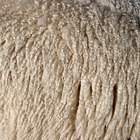
Difference Between Sheepskin & Shearling

How to Restore a Crocodile Purse
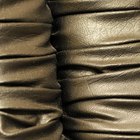
How to Restore Leather Smell

How to Care for Python Leather

Uses of Thermal Insulators

The Difference Between Polartec and ...

Synthetic vs. Leather Boots

Naked Leather Vs. Cowhide
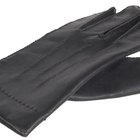
Characteristics of Lambskin Leather

How to Identify Calfskin Leather

How to Care for Crocodile Skin Leather ...

The Properties of Suede Finished ...

How to Beeswax Leather

How to Care for Caiman Boots

What Are Ugg Boots Made Out Of?

Making Leather Less Stiff
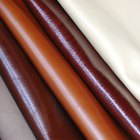
About Deerskin Leather

How to Clean Snakeskin
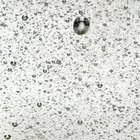
How to Repair a Wet Leather Jacket

The Effects of Isopropyl Alcohol on ...
Writer Bio
Alex Saez is a writer who draws much of his information from his professional and academic experience. Saez holds a Bachelor of Arts in English literature from Queen's University and an advanced diploma in business administration, with a focus on human resources, from St. Lawrence College in Kingston, Ontario.